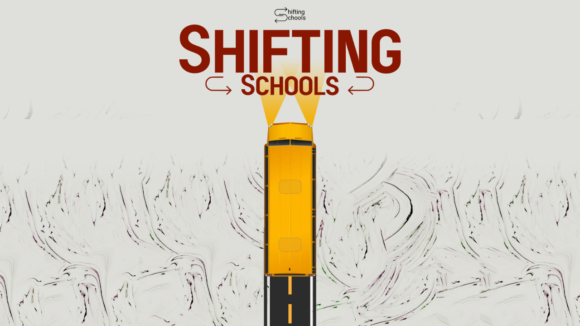It seems in the past month I have read about, have had e-mails from, or read twitter messages looking at creating or at least revisiting their school technology plans. I guess the 3 year plans are coming do, or schools are starting to understand that the technology plan written in the late 90’s or even early 2000’s will not work […]
